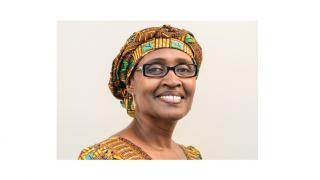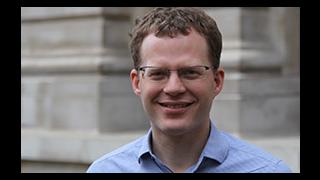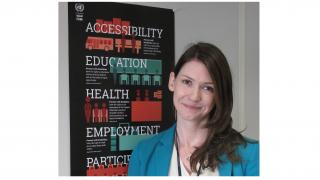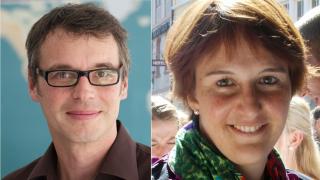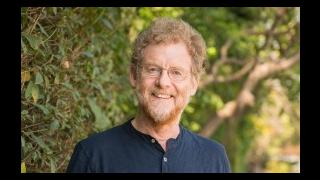
Our world is home to a record 1.8 billion people between the ages of 10 and 24 who have the potential to transform the world for the better.
Yet, in many regions, that potential is stymied by education systems that fail to provide the skills and knowledge that can help young people thrive in modern economies, inaccessible sexual and reproductive health services, and limited job opportunities.
Tens of millions do not go to school, or if they do, they miss the minimum benchmarks for learning. Jobs, if they are found at all, are often of poor quality or are irregular and offer no prospects for getting ahead.
These obstacles to young people’s realisation of their potential are numerous and complex, but they can all be addressed. Regardless of their stage of development, all countries bear a responsibility to uphold the rights of young people and help them establish solid foundations for their lives.
One way to achieve this goal is by seizing and maximising a ‘demographic dividend’ – the economic benefit that can arise when a population has a relatively large proportion of working-age people – by investing in young people’s human capital, especially through education, health and employment.
A demographic dividend depends partly on a demographic transition: when countries shift from high to low fertility. With fewer children born after them, young people living in a period of low fertility will move into working adulthood with fewer dependents to care for. They are also able to invest more in each child they have, accumulate more savings and accelerate economic growth. When countries capitalise on a proportionately large young population by investing in their health, jobs and productivity, they can speed up the rise in their per capita Gross Domestic Product (GDP). If successful, this is called harnessing a demographic dividend for economic development.
A demographic dividend is not automatic, even if countries have a favourable population composition. It can only occur if countries make the right choices aimed at empowering and educating their young people before they enter the workforce. They also have to provide the macroeconomic conditions and labour policies that would expand and sustain safe and secure employment.
The demographic dividend has already proven its worth. In the 1950s and 1960s, several east Asian economies invested heavily in young people’s capabilities and in expanding their access to voluntary family planning, which enabled them to start families later and have fewer children. The result was unprecedented economic growth. The Republic of Korea, for example, saw its per capita GDP grow by about 2,200 per cent between 1950 and 2008.
The new sustainable development agenda for 2015 and beyond, due to be agreed in September this year, challenges many countries to make rapid progress in multiple sectors. This is a daunting task, particularly for developing countries. However, the age structure in many countries provides them with a perfect opportunity to take full advantage if they make the right, time-critical investments now.
About 60 countries, including many young economies in Africa and Asia, are currently going through rapid demographic shifts. If sub-Saharan African countries adapted the east Asian experience to their own context, the region as a whole could realise a demographic dividend amounting to as much as $500 billion per year for the next 30 years.
Never before have there been so many young people. Never again is there likely to be such potential for economic and social progress. How we meet the needs and aspirations of our young people will define our common future.
Arthur Erken is Director of the Division of Communications and Strategic Partnerships at the United Nations Population Fund



